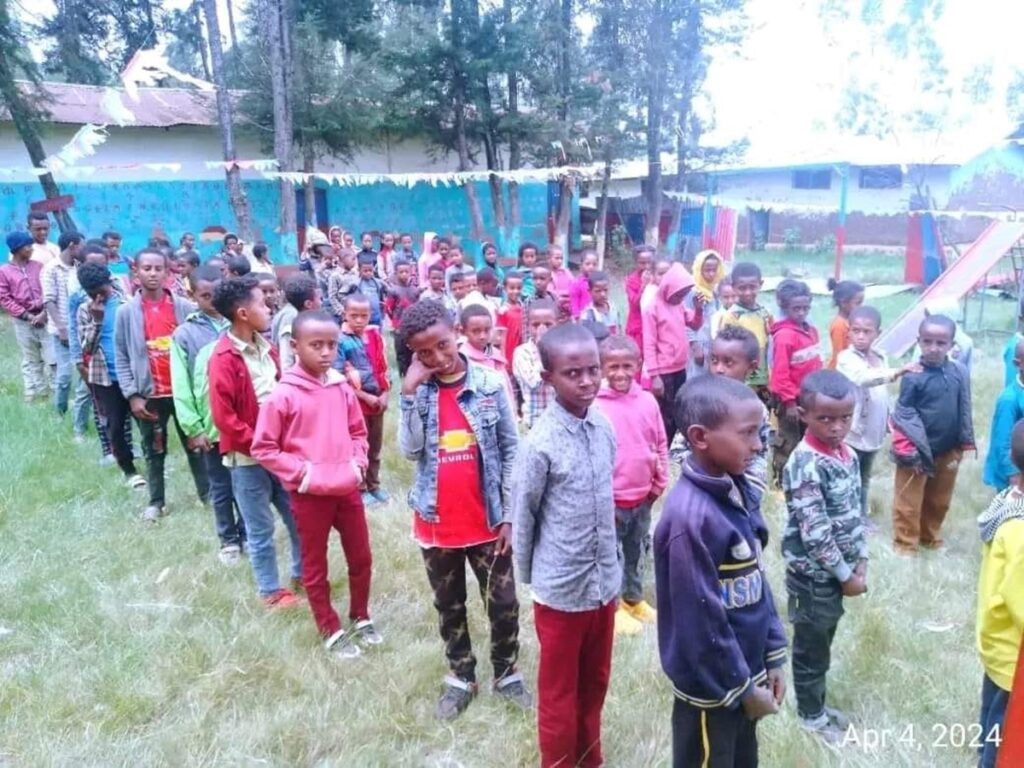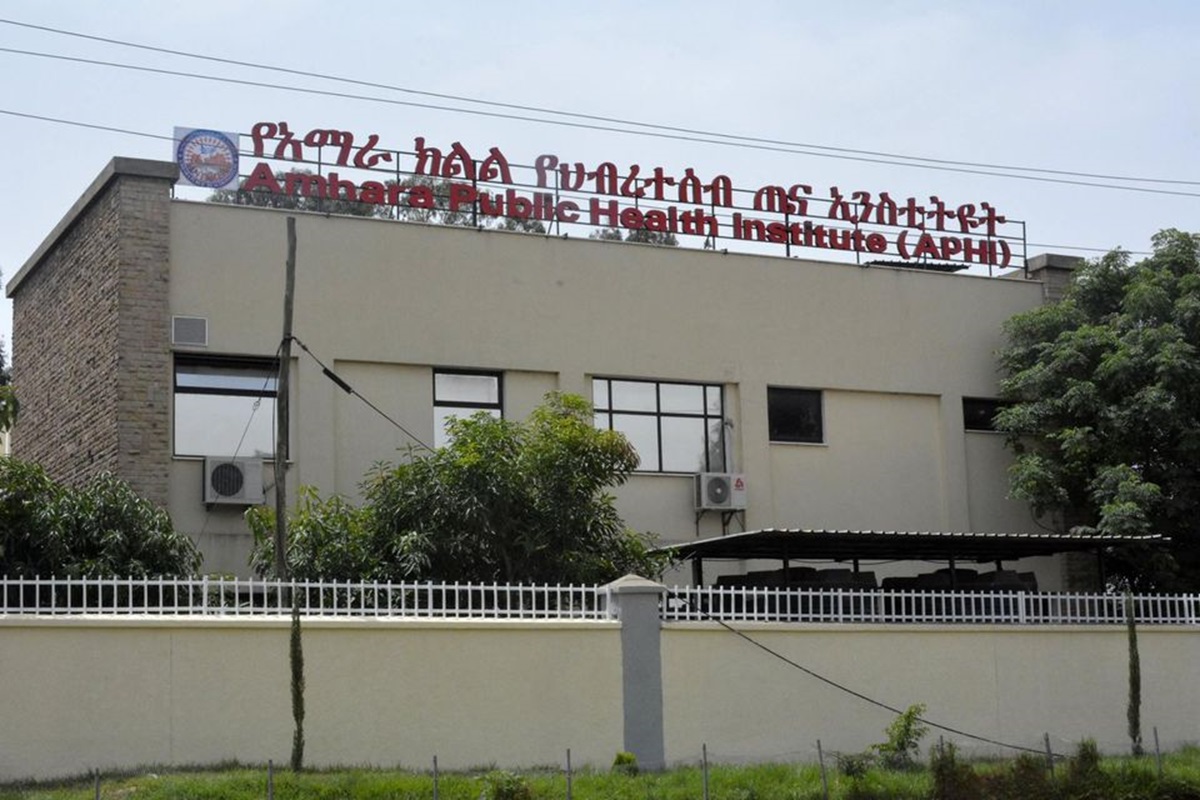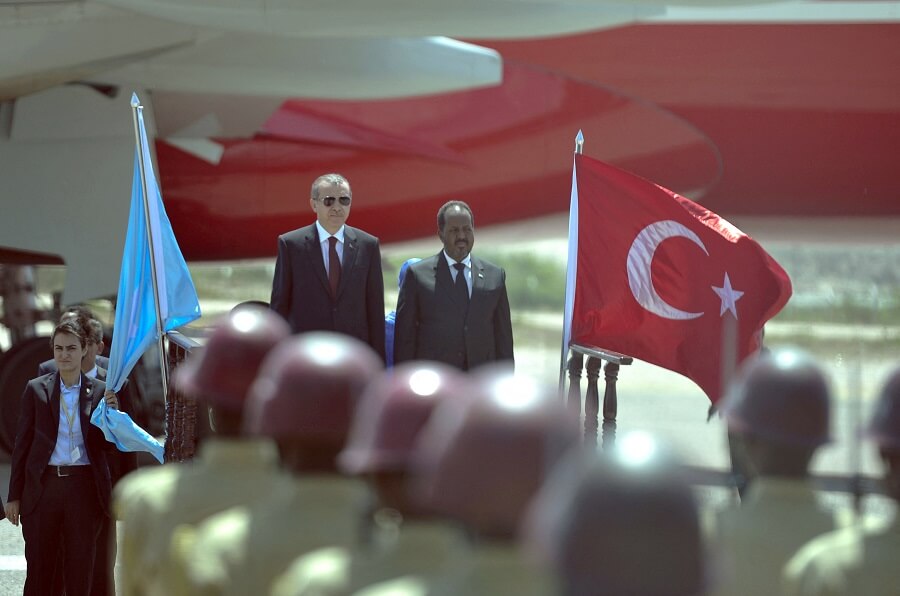
Addis Abeba – After a prolonged hiatus lasting over six months since the start of the current academic year across the nation, 33 primary and five secondary schools situated in 10 districts and municipalities within the East Gojjam Zone of the Amhara region have begun teaching students.
According to the Amhara Education Bureau, these schools were shuttered for an extended period due to “security issues in the area.”
Additionally, the Bureau noted that teaching and learning endeavors recommenced subsequent to deliberations held with parents, teachers, and students.
This development came two weeks after the commencement of learning and teaching activities in an additional 17 primary and two secondary schools within the East Gojam Zone. The Bureau stated that this endeavor was facilitated through a campaign.
Nevertheless, regional authorities revealed that the majority of the schools that have commenced teaching recently are situated in urban areas.
The Bureau has emphasized that efforts are underway to facilitate the initiation of teaching in schools located in rural areas.
In the East Gojam Zone alone, the absence of peace has deprived more than half a million students of education.
Urban centers such as Dejan and the city of Debre Markos, which serves as the administrative hub of the East Gojjam Zone, have been particularly affected by the persistent fight in the region between the federal government and the non-state militia, Fano.
Last month, Nurilgn Berhanu, chief administrator of the East Gojam Zone, revealed that the militarized conflict has rendered over 500,000 students unable to access schooling.
In early October 2023, the Amhara Education Bureau disclosed that out of the six million eligible children, approximately 3.9 million primary and secondary students are unable to access education due to the conflict.
However, in recent months, regional authorities have noted a tentative revival of schooling, with 60% of primary school students and 55% of secondary school students now participating in classes across the Amhara region. AS






